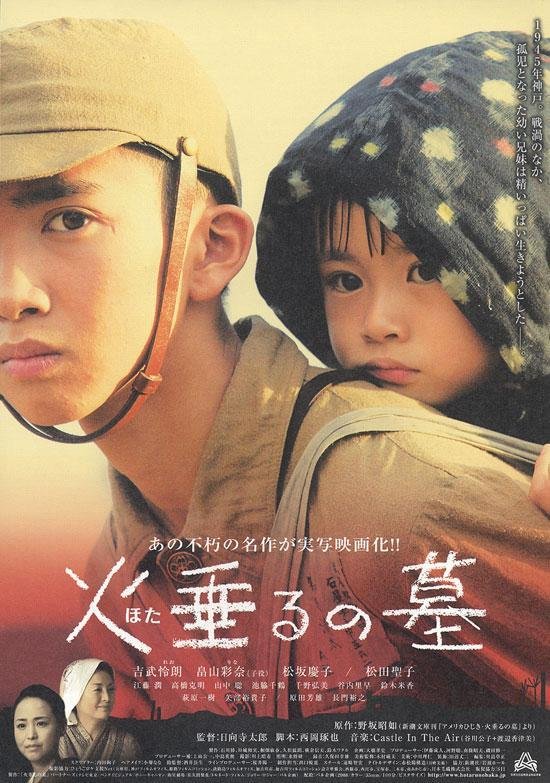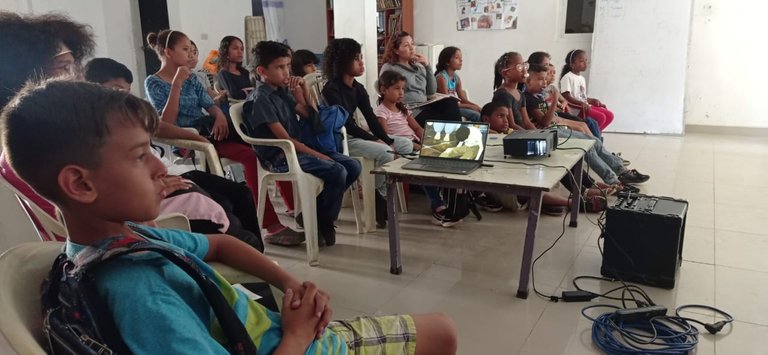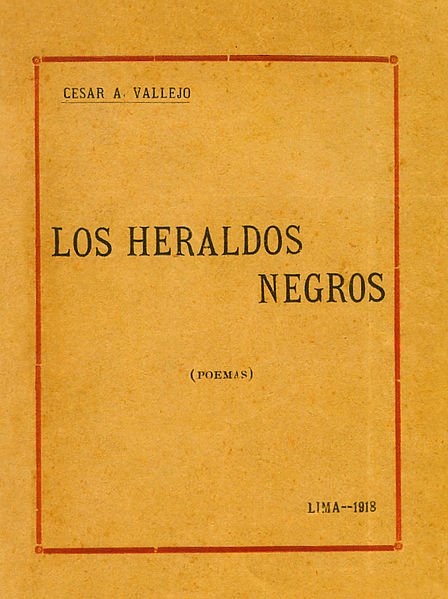Death as seen by children (ENG /ESP)

Photo: archivo personal
Les conté en otro post que tengo un taller de escritura creativa con niños y a menudo vemos películas, conversamos y escribimos sobre los temas que surgen de ellas. Hace unos días vimos La tumba de las luciérnagas, una obra maestra de animación japonesa de 1988 dirigida por el director y guionista Isao Takahata. Narra la historia de dos niños japoneses, en medio de la Segunda Guerra Mundial, hijos de un oficial de la marina japonesa, quienes quedan atrapados en un bombardeo y no logran alcanzar el refugio donde se encuentra madre. Los padres fallecen en la guerra y ambos sobreviven viviendo en la calle, en las afueras de la ciudad, donde intentan construir una vida en medio de las carencias. Sobrevivir es cada vez más difícil y por la falta de agua limpia y alimentos, la niña enferma de gravedad y muere. Su hermano deberá sobreponerse a las pérdidas y continuar.

Photo: https://www.filmaffinity.com/es/film815855.html
Al terminar la película, algunos niños lloraron y hablaron del significado de la muerte. Para casi todos, la muerte es triste y deja un vacío profundo, sin embargo con el paso del tiempo se sobreponen a la pérdida.
The subject of death is sometimes treated in children as a taboo. Pain is hidden or prolonged in children because we consider that one way to protect them is to avoid it. In the end we realize that the reality is different, generally, the little ones learn to overcome the pain and to overcome it from.
Arantza, a ten year old girl tells us:
The departure of my aunt, her name was Yuniney, she was very good to me, she gave me a stuffed animal that I still have. It hurt me when she left, but well, I couldn't do anything else. So I had to move on. It's good when you get over it.
El tema de la muerte a veces es tratado en los niños como un tabú. Se oculta o se prolonga el dolor en los más pequeños porque consideramos que una forma de protegerlo es evitándolo. Al final nos damos cuenta que la realidad es otra, generalmente, los más pequeños aprenden a superar el dolor y a sobreponerse.
Arantza una niña de diez años nos dice:La ida de mi tía, ella se llamaba Yuniney, ella era muy buena conmigo, me dio un peluche que todavía conservo. Me dolió cuando se fue, pero bueno, no podía hacer más nada. Asi que tuve que seguir adelante. Es bueno cuando ya lo superas.
Lorena, an eight-year-old girl, writes:
When my grandmother died I cried a lot. My aunt Maria showed us a video and my cousins and I started crying.
After watching the movie we read the poem by César Vallejo: "There are blows in life" the children reflected and wrote about the blows in their lives. Arantza Zavala, a nine year old girl tells us:
A blow that gave us life:
My dad had a lot of problems with my mom and they separated. My dad went to another city. That hurt me a lot
Lorena una niña de ocho años escribe:Cuando murió mi abuela yo lloré mucho. Mi tía María nos mostró un video y empezamos a llorar mis primos y yo.
Photo: archivo personalLuego de ver la película leímos el poema de César Vallejo: “Hay golpes en la vida” los niños reflexionaron y escribieron sobre los golpes de su vida. Arantza Zavala, una niña de nueve años nos dice:
*Un golpe que nos dio la vida:
Mi papá tuvo muchos problemas con mi mamá y se separaron. Mi papá se fue a otra ciudad. Eso me dolió mucho.*
And even if life gives us blows, there are always ways to continue. Jomailys, a seven year old girl, lets us see, with a humorous tone, that life gives us blows but we always smile again.Things that make my heart ache:
Going to school.
Getting up early.
My grandfather's death.
My parents not being there.
My mom telling me I have homework.
Photo:https://www.entretantomagazine.com/2014/03/14/cesar-vallejY aunque la vida nos de golpes, siempre hay formas de continuar. Jomailys una niña de siete años nos deja ver, con un tono de humor, que la vida da golpes pero siempre volvemos a sonreír.Las cosas que me hacen doler el corazón:
Ir para la escuela.
Levantarme temprano.
La muerte de mi abuelo
Que mis padres no estuvieran ahí
Que me diga mi mamá que tengo tareas.Not all children cope with loss in the same way. For children the blows of life are not only physical departure but also separation from parents, deep sleep or doing things they don't want to do.No todos los niños superan la pérdida de la misma forma. Para los niños los golpes de la vida no es solo la partida física sino también la separación de los padres, el sueño profundo o hacer cosas que no quieren hacer.


Esta publicación ha recibido el voto de Literatos, la comunidad de literatura en español en Hive y ha sido compartido en el blog de nuestra cuenta.
¿Quieres contribuir a engrandecer este proyecto? ¡Haz clic aquí y entérate cómo!
La muerte suele ser vista como aquella presencia maligna que acecha siempre, pero en realidad es sólo el curso natural de la vida. Nada malo ni bueno, solo lo que ha de pasarnos a todos.
Que los niños sepan expresar sus emociones al respecto y conocer cómo puede ser la muerte me parece algo importante, así le restamos ese miedo irracional a algo ineludible.
Excelente post
hola, gracias por leerme. La muerte es parte de la vida. Es solo un paso a otro plano de la existencia.